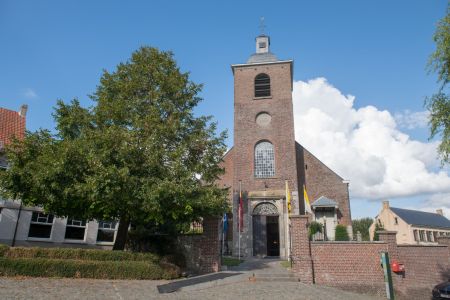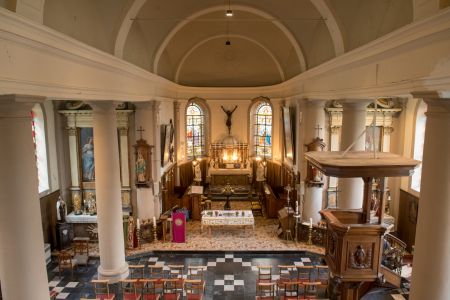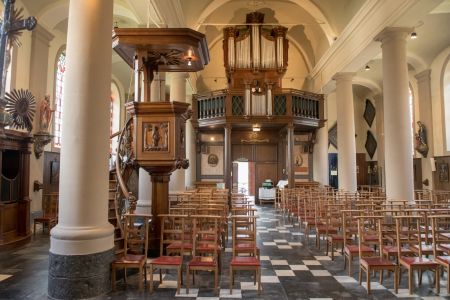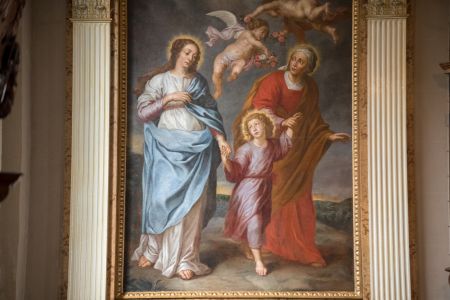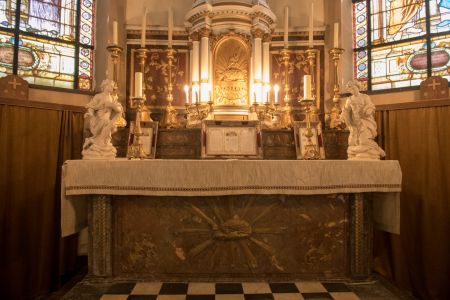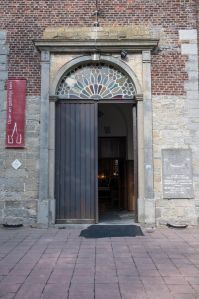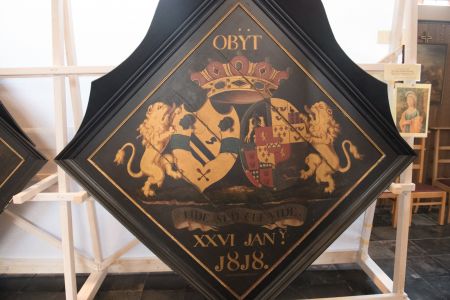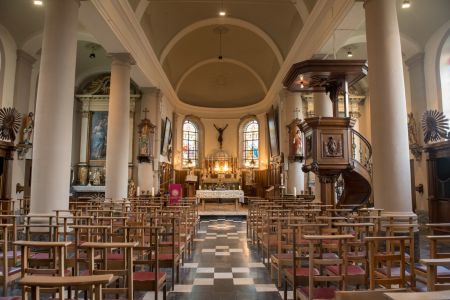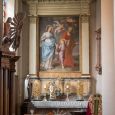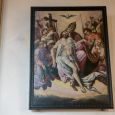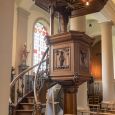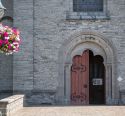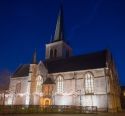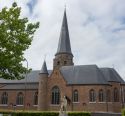Church | 1750 | Neoclassical | Catholic Church




Map
Opening hours
01 January - 31 December
Mon 10.00 - 18.00
Tue 10.00 - 18.00
Wed 10.00 - 18.00
Thu 10.00 - 18.00
Fri 10.00 - 18.00
Sat 10.00 - 18.00
Sun 10.00 - 18.00
Guided tour
Description
The church dates from around 1750, replacing an older church from the early middle ages. The walls are mainly in red brick, but stones from Tournai in de western tower point to a much older, previous construction.
The interior is plain classicist : white walls and grey Tuscan columns between the nave and the aisles. The two stained glass windows in the chancel are a gift from the family de Ghellinck D’Elseghem, the last residents of the castle in Wannegem, Lede. Along the walls of the nave and the presbytary are several Obeits or funeral shields of that family, the family tomb is adjacent to the outside wall of the church.
The furniture, such as the communion rail, pulpit and confessionals, is predominantly from the 18th century. From the 19th century date some wooden polychrome statues and several paintings. The patron saint is pictured in the painting “Preaching of St. Dionysius” on one of the side altars (Th. Js Canneel 1854). The Stages of the Cross by C. De Surgeloose date from 1869. The organ by L.-B. Hooghuys from Bruges dates from 1876.
The composer Leo Van Gheluwe was born nearby in 1837. He knew Richard Wagner and Peter Benoit and left a large oeuvre, including cantates, an opera, three masses, a requiem and a Te Deum.
The St. Dionysius church is to be converted into an exhibition church.
KIKIRPA : Photo-library online


